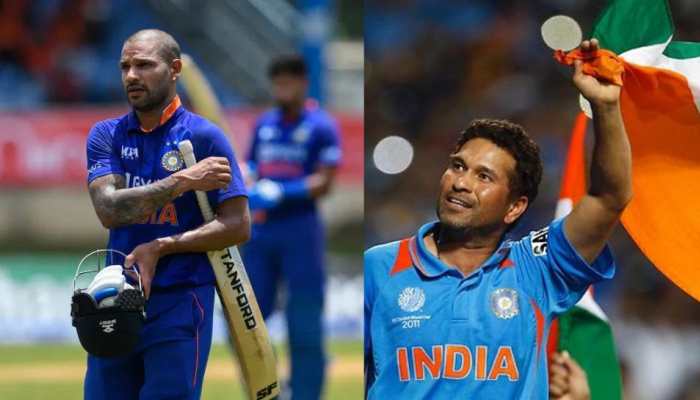From bat thickness to DRS, ICC announces major changes in cricket rules
With three formats across the sport, it will be interesting if rules will submerge at any point or time in the near future for better understanding of the game.
Trending Photos
)
New Delhi: The International Cricket Council (ICC) has announced several changes to the existing template of how the sport of cricket is played. All the new rules will be implemented from September 28.
With three formats across the sport, it will be interesting if rules will submerge at any point or time in the near future for better understanding of the game. As of now, ICC issued a media release on Tuesday, outing all the rule changes. The new rules incorporate bat thickness, player conduct, DRS, run outs and catches. Here are the major excerpts from the release:
To maintain the balance between bat and ball, the playing conditions now restrict the size of the edges of the bats as well as their thickness. The restriction on the length and width of bats remain unchanged but the thickness of the edges can’t be more than 40mm and the overall depth can be 67 mm at the most. Umpires will be issued with a new bat gauge, which they can use to check a bat’s legality.
In a new playing condition pertaining to players’ conduct, a player can now be sent off the field for the rest of the match for any serious misconduct, meaning it will apply to Level 4 offences while the Level 1 to 3 offences will continue to be dealt with under the ICC Code of Conduct. Threatening to assault an umpire, making inappropriate and deliberate physical contact with an umpire, physically assaulting a player or any other person and committing any other act of violence all constitute Level 4 offences.
The above changes will be applicable across all formats, as will be a change in the DRS rules by which a review will now not be lost in case of a decision that remains unchanged, solely as the result of an ‘umpire’s call’. As for DRS in Test matches, there will be no more top-up reviews after 80 overs of an innings, meaning that there can only be two unsuccessful reviews in each innings, while the DRS will now also be allowed to be used in T20Is.
An important change with respect to run outs is that if a batsman is running or diving towards the crease with forward momentum, and has grounded his/her bat behind the popping crease but subsequently has lost contact with the ground at the time of the wickets being put down, the batsman will not be run out. The same interpretation will also apply for a batsman trying to regain his/her ground to avoid being stumped. For boundary catches, airborne fielders making their first contact with the ball will need to have taken off from within the boundary, otherwise a boundary will be scored. Also, a batsman can now be out caught, stumped or run out even if the ball bounces off the helmet worn by a fielder or wicket-keeper.
Stay informed on all the latest news, real-time breaking news updates, and follow all the important headlines in india news and world News on Zee News.
Live Tv







)
)
)
)
)
)
)
)
)
)
